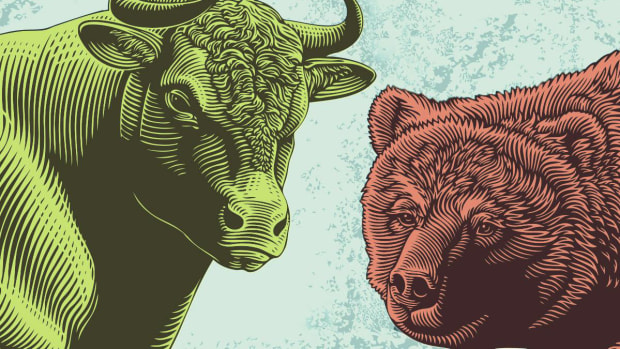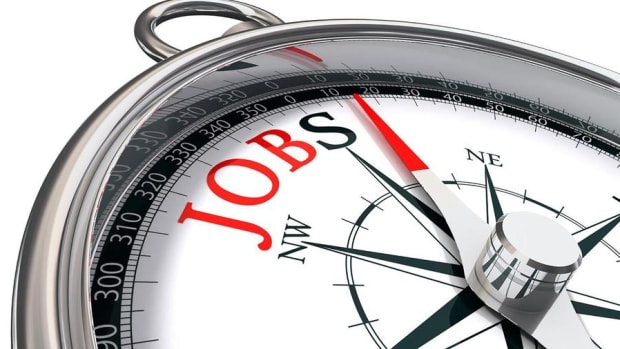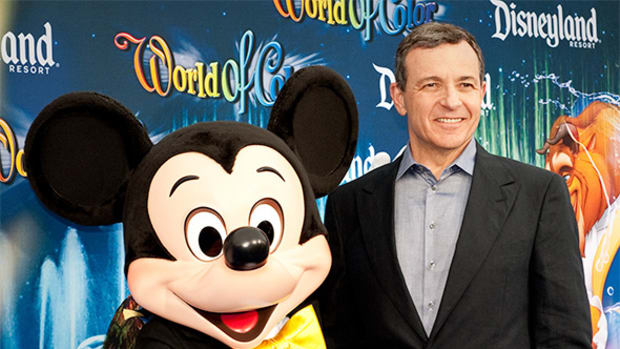Recession is Coming, Recession is Coming: S&P Economist
Many economists, including luminaries Larry Summers and Nouriel Roubini, anticipate a recession next year.
And so does Beth Ann Bovino, chief U.S. economist at S&P Global Ratings.
“Continued high prices through most of next year and the Federal Reserve's decision to aggressively raise interest rates … are leading households to pull back on spending and businesses to cut costs in response to slowing demand,” she wrote in a commentary.
“We continue to expect the U.S. will fall into recession in 2023. We expect GDP growth to weaken to negative 0.1% in 2023.” And she expects GDP will slip 0.8% from its peak to its trough, “a mild recession in line with the 1969/1970 recession.”
Purchasing Power
Rising prices and interest rates eat away at private-sector purchasing power, Bovino noted. And only one of nine leading indicators that are part of S&P’s Business Cycle Barometer was in positive territory through October.
The inverted Treasury yield curve also points to recession, she said. An inverted yield curve occurs when short-term Treasuries have higher yields than long-term Treasuries. The 10-year yield recently stood at 3.75%, compared to 4.72% for the one-year yield.
“Economic momentum has protected the U.S. economy this year,” Bovino said. But in addition to rising inflation and interest rates, “with the Russia-Ukraine conflict ongoing, tensions over Taiwan escalating, and the China slowdown exacerbating supply-chain and pricing pressures, the U.S. economy appears to be teetering toward recession,” she said..
Continued supply-chain disruption and rising inflation may result in the Fed continuing to lift rates into mid-2023, “damaging household purchasing power,” Bovino said.
Bulging Inventories
“As households shut their pocketbooks, businesses that built up inventory to meet surging demand will be left with full shelves.”
That means “the Fed will ultimately get its wish of lower inflation, and businesses will be forced to sell at a discount, bringing down prices,” Bovino said.
Like most other economists, she expects another Fed rate increase this year, predicting the federal funds rate will reach 5% to 5.25% by second-quarter 2023. Fed funds now stand at 3.75% to 4%.
The Fed will ultimately lower rates late next year on signs prices are stabilizing, Bovino said. She doesn’t expect inflation to not approach the Fed's 2% target until late 2024. The Fed’s favored inflation indicator, the personal consumption expenditures price index, soared 6.2% in the 12 months through September.





